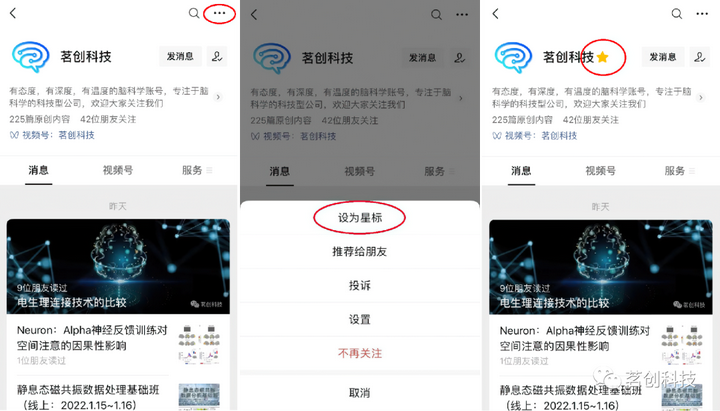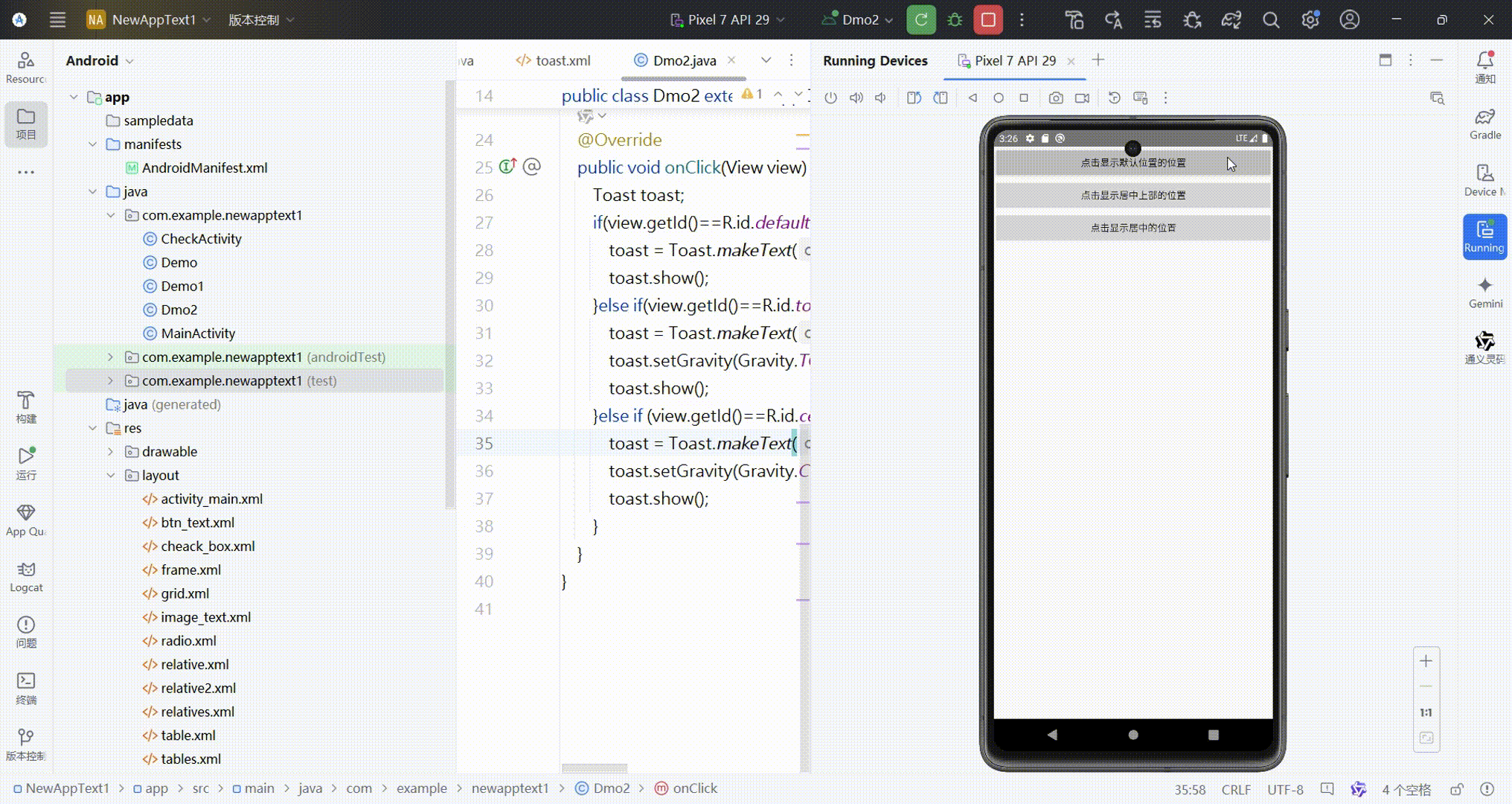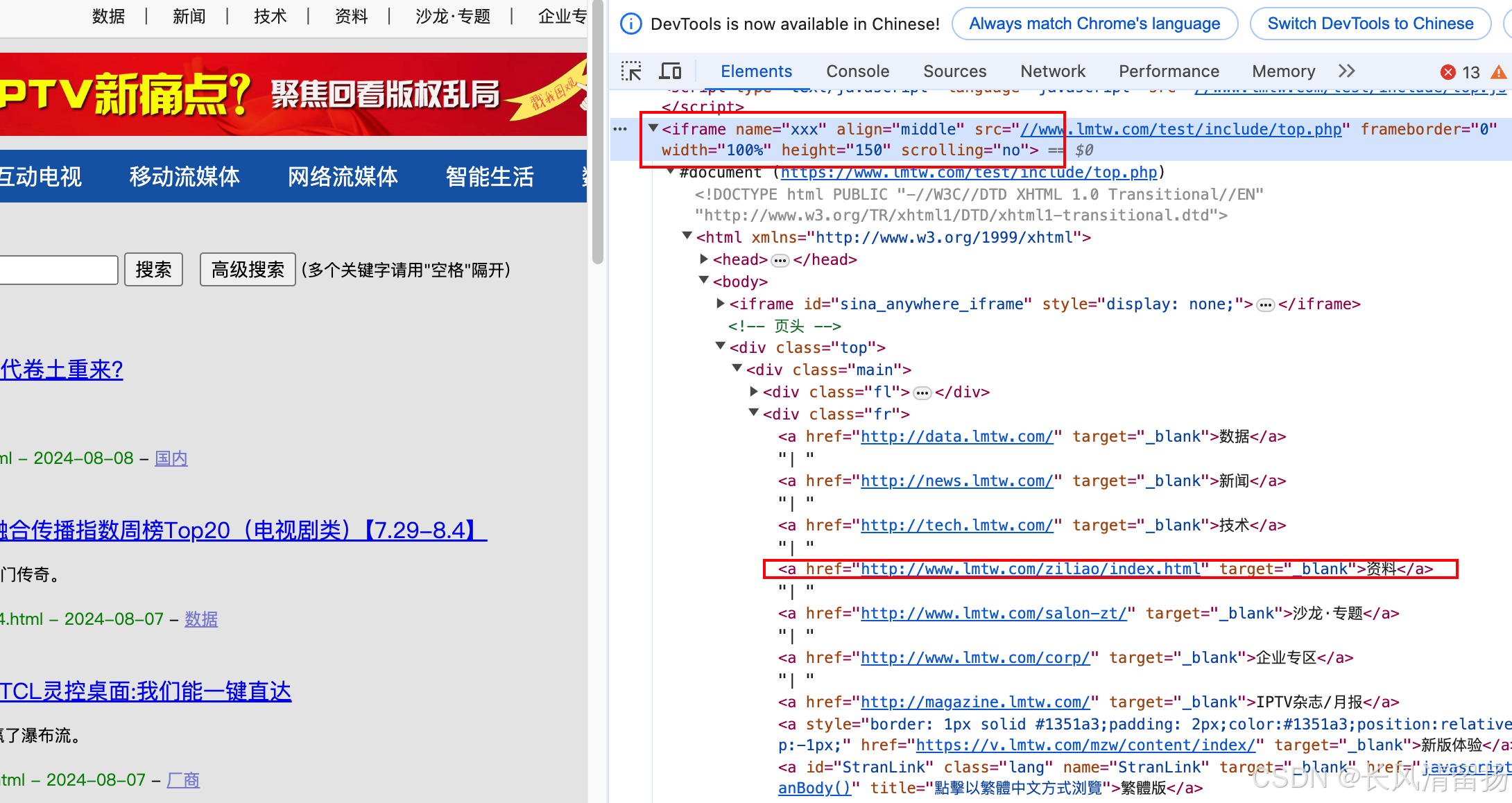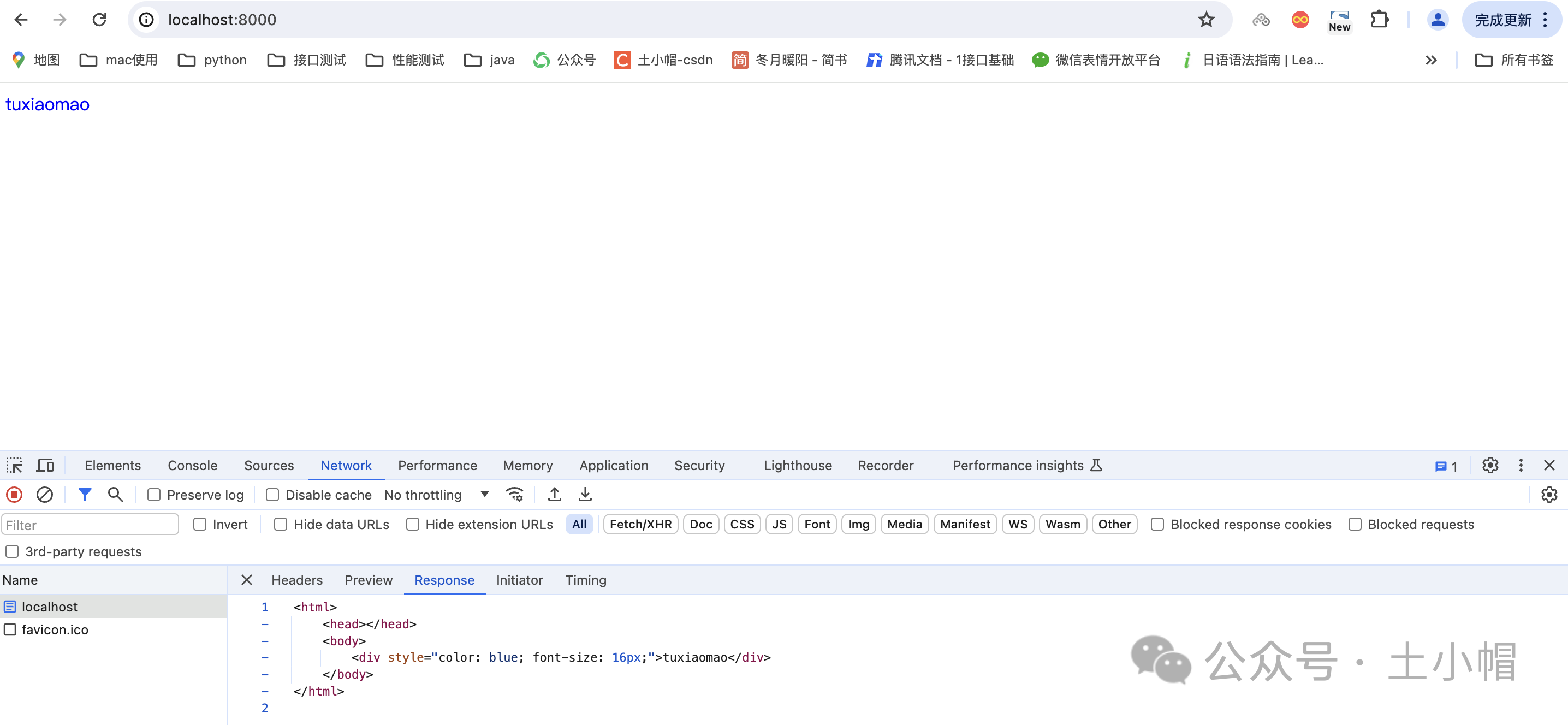
1. 原型链继承
function Parent() {
this.name = "xiaohong";
}
Parent.prototype.getName = function () {
console.log(this.name);
};
function Child() {}
Child.prototype = new Parent();
const child = new Child();
child.getName();
console.log(child.name);
引用类型的属性被所有实例共享
function Parent() {
this.names = ["xiaohong", "xiaoming"];
}
Parent.prototype.getName = function () {
console.log(this.names);
};
function Child() {}
Child.prototype = new Parent();
const child1 = new Child();
child1.names.push("xiaozhang");
console.log(child1.names);
const child2 = new Child();
console.log(child2.names);
2. 构造函数
function Parent() {
this.names = ["xiaohong", "xiaoming"];
}
function Child() {
Parent.call(this);
}
const child1 = new Child();
child1.names.push("xiaozhang");
console.log(child1.names);
const child2 = new Child();
console.log(child2.names);
优点:
1. 避免了引用类型的属性被所有实例共享
2. 可以向Parent中传参
缺点:
1. 方法都在构造函数中定义,每次创建实例都会创建一遍方法。
3. 组合继承
function Parent(name) {
this.name = name;
this.colors = ["red", "blue", "green"];
}
Parent.prototype.getName = function () {
console.log(this.name);
};
function Child(name) {
Parent.call(this, name);
}
Child.prototype = new Parent();
const child = new Child("zhangsan");
child.getName();
console.log(child.name);
// 优点:融合原型链继承和构造函数的优点,是 JavaScript 中最常用的继承模式。
4. 原型继承
function createObj(obj) {
function F() {}
F.prototype = obj;
const ex = new F();
return new F();
}
// 缺点:包含引用类型的属性值始终都会共享相应的值,这点跟原型链继承一样。
// example:
var person = {
name: "zhangsan",
friends: ["xiaoming", "xiaohong"],
};
// person1.__proto__ === (new F()).__proto__ === F.protptype === obj
var person1 = createObj(person);
person1.friends.push("xiaoshuai");
var person2 = createObj(person);
console.log(person1.friends, person2.friends); // [ 'xiaoming', 'xiaohong', 'xiaoshuai' ] [ 'xiaoming', 'xiaohong', 'xiaoshuai' ]
// console.log(person1.friends, person2.friends);
5. 寄生式继承
// 创建一个仅用于封装继承过程的函数,该函数在内部以某种形式来做增强对象,最后返回对象。
function createObj(o) {
var clone = Object.create(o);
clone.sayName = function () {
console.log("hi");
};
return clone;
}



















